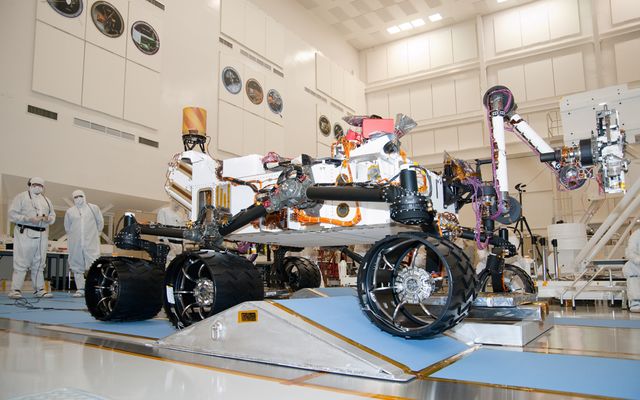Surprising rabies resistance
Amazon villagers survive deadly disease carried by vampire bats
By Stephen Ornes
Web edition : 3:56 pm
Rabies is a terrible way to die. The disease is caused by a virus that spreads through animal bites. Without treatment, it attacks the brain and can cause symptoms like hallucinations, paralysis, fever and severe pain. Untreated, the disease is usually deadly — except to some people in a few Peruvian villages, scientists now report.
“Why these individuals don’t die is very intriguing,” Amy Gilbert told Science News. Gilbert is a disease ecologist, a scientist who studies the relationship between germs and their homes. She works for the Atlanta-based Centers for Disease Control and Prevention. Her new study in the American Journal of Tropical Medicine and Hygiene identified these unusual people who caught the rabies virus and survived without treatment.
The survivors live in a part of the Amazon rain forest populated by vampire bats — known carriers of the rabies virus. In those communities, about 1 in 7 people seem to have developed a natural resistance to the virus.
Each year, some 55,000 people worldwide die from rabies. Gilbert and her colleagues now find that all of the Peruvian villagers who survived rabies reported having been bitten by a vampire bat. Only one person reported having received a rabies vaccination.
All of the survivors came from communities that lacked formal roads. One community is a two-hour boat ride away from the nearest health clinic; the other village is six hours from doctors.
Gilbert says that a vampire bat’s bite is mild compared with that of a dog or raccoon. So perhaps rabid bats transmit less of the virus. How close a bite is to the head may also affect a person’s reaction to the virus.
Studies like this one show that researchers still don’t understand everything about this common disease.
“Rabies used to be a disease we said was 100 percent fatal. It was the most deadly disease of all diseases,” Carol Glaser, an infectious disease doctor with the California Department of Public Health, told Science News. But no disease is known to kill every person it infects. In fact, last year, a few people in the United States survived a bout with rabies.
Gilbert cautions that just because some people can survive rabies, the infection shouldn’t be taken lightly. She recommends that children be immunized regularly in places where vampire bats roam.
Power Words
immunize To make a person or animal immune, or resistant, to infection, typically by a vaccine.
rabies A contagious and fatal viral disease of dogs and other mammals that causes madness and convulsions and is transmissible through saliva to humans.
virus A tiny molecule made of a protein shell enclosing genetic information. A virus can live and multiply only in the living cells of a host organism, such as humans.
vampire bat A small bat that feeds on the blood of mammals or birds using its two sharp incisor teeth and anticoagulant saliva. Vampire bats are found mainly in tropical regions of the Americas.
vaccination A treatment given to produce immunity, or resistance, to a disease.
 Vampire bats, like this one, can carry rabies virus and transmit it to humans through bites. Daniel Streicker
Vampire bats, like this one, can carry rabies virus and transmit it to humans through bites. Daniel Streicker







 Reply With Quote
Reply With Quote


